Continuing from our work on the Haze Outlook 2020 published on 23 June 2020, Segi Enam reviewed in brief the recent literature pertaining to Indonesian and Malaysian peatland and fires. In the past couple of years, there were nearly 150 research papers and articles published, with almost half focusing on fire occurrences. A smaller, but significant portion of these articles area also on peatland management and mapping, as well as people-related topics including agricultural livelihood and health impacts.
One of the more notable studies centred on early fire warning systems, including using ground sensor technology to collect environmental data (Kadir, Irie, and Rosa, 2019) and improvement to Indonesia’s current Fire Danger Rating System using satellite data to identify fires caused by human activity (Sanjaya et al. 2019). Some academics have also evaluated the effectiveness of fire control regimes within the local communities, a few of which were by Watts et al. (2019) and Yamamoto, Takeuchi, and Köhlin (2020), whereby it was found that economic incentive is required to ensure the efficacy of community-based fire prevention policies.
A significant number of academics have also recently been diving into the issue of peatland mapping and analysis via satellite imagery, including major researchers in peatland research. Vernimmen et al. (2020, along with notable authors Hooijer and Page), for example, have been addressing the mapping of deep peat carbon stock from aerial and field measurements, and found that occurrences deep peat in eastern Sumatra were previously underestimated in earlier mapping exercises. Other relevant research papers further explored the subject matter, with one suggesting the use of an open digital mapping methodology in order to combine open data, field observations, and factors already known to affect peat thickness (Rudiyanto et al. 2018).













